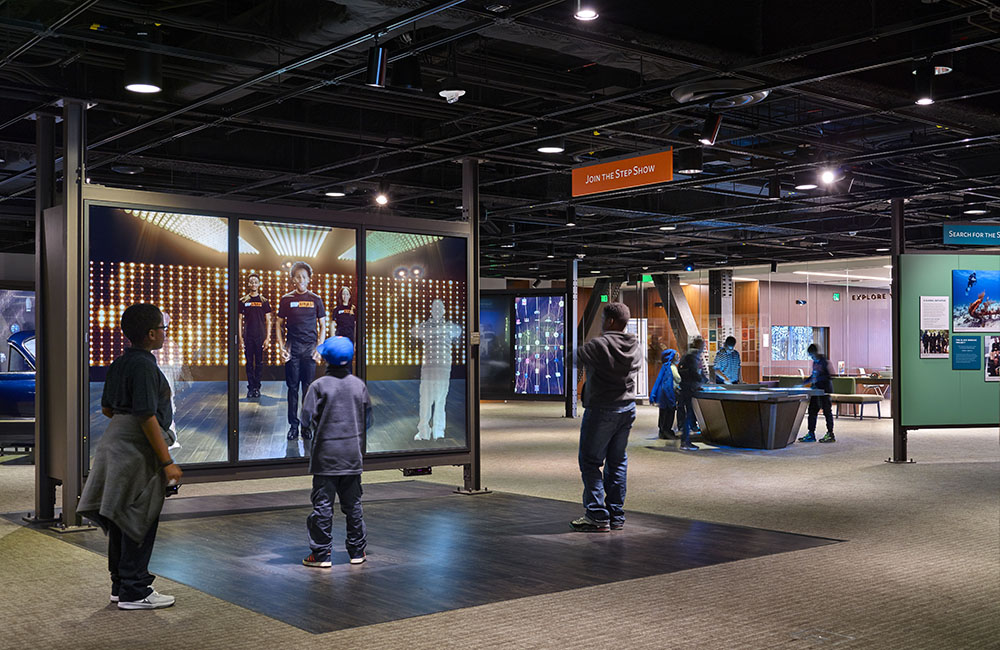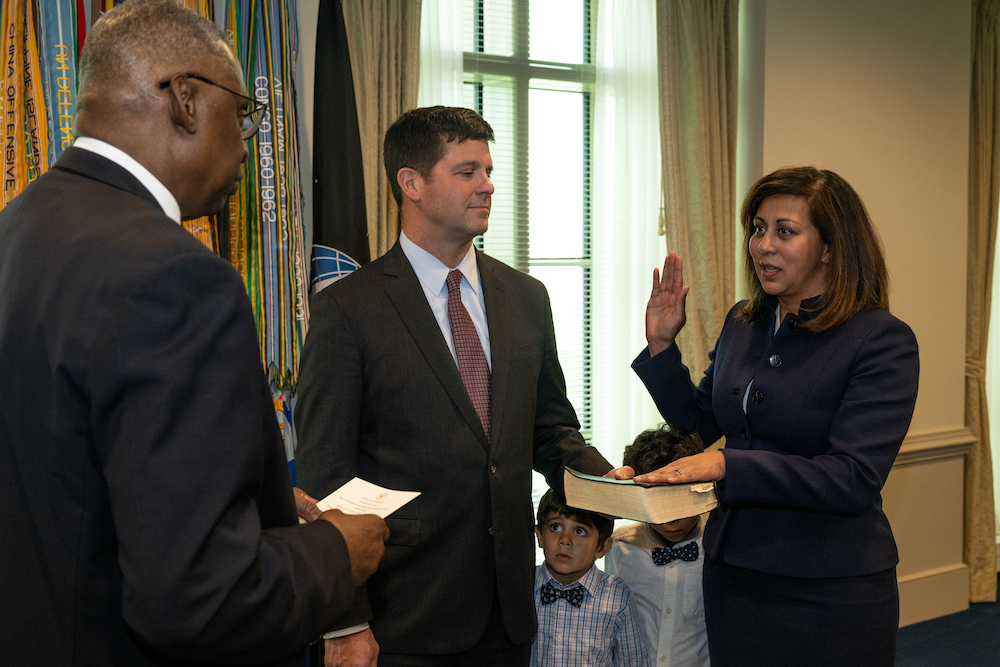DevOps is Making Smithsonian Exhibits Pandemic-Friendly
The pandemic has changed the way federal organizations think about DevOps and adaptability.

DevOps flourished when federal organizations moved to remote work earlier this year. Collaboration increased in small teams, and federal DevOps professionals had more opportunities to “get creative” with new technologies, according to National Museum of African American History and Culture DevOps Engineer Ravyn Manuel.
“We just went into Phase 2, so that means the museum is going to be opening up shortly,” she said at a NextGov DevOps webinar last week. “Some of the interactives and exhibitions won’t be open. Some of them are in very small spaces so it’s not possible to do social distancing, so that means there’s a whole plethora of information visitors won’t have access to.”
Due to the limitations, Manuel and her team had to come up with ways to allow museum visitors to interact with exhibits without touching anything.
“Having somebody use their mobile device and go up to an interactive and use a QR code with their mobile device and have two or three other people interact with that almost like Pokemon Go — that’s a permanent change, having the interactives not to touch,” she said. “From a DevOps perspective, what I’m trying to do with my strategy is develop a strategy that will allow us to produce applications. Everyone has to be different because it has to be exciting, it has to be fun. I can’t put too much prescription into the whole process because they’re all different. It’s challenging, but for me it’s fun.”
In other words, now is the time for DevOps to shine.
Michael Gardner, deputy assistant CIO of the USDA’s Rural Development mission area, said the pandemic showed the agency how DevOps engineers can flourish in a remote environment especially.
“I think this environment proves that this idea of Agile and DevOps wasn’t just smoke,” he said at the webinar. “What the pandemic has proven is that some of this hype is actually real and actually produces results. Understanding how to do Agile and DevOps and actually collaborating with each other, a lot of the dogma boils away.”
But one of the biggest challenges faced by DevOps professionals during the pandemic is connecting to other members of the organization not accustomed to remote work.
“As a developer, we’re not impacted that much when we have to work remotely,” Manuel said. “It becomes harder when you’re working across other teams in the museum who are used to being in the building, and it’s not working with them to do it [digitally].”
DevOps professionals at the private and federal levels need to adopt a mindset of adaptability.
“For DevOps, it’s been a great six months,” Steve Jones, a DevOps advocate at Redgate Software, said during the webinar. “We’ve become more respectful of people’s lives — people have children, parents to take care of. It’s the collaboration piece; we’ve learned to use the tooling we have so we can all see the same coding [at the same time]. I think most of us miss [being in the same physical building].”
Connecting different teams to each other via mass video chats, for example, can go a long way and facilitate tighter working relationships between DevOps and other teams, like security professionals.
“We have a coffee hour, and a bunch of people sign up and then you talk about anything except for work,” Manuel said. “Those are really great things, and I hope that they stay, even when we get back [to the office] — that we don’t all of a sudden abandon Zoom and this type of interaction.
This is a carousel with manually rotating slides. Use Next and Previous buttons to navigate or jump to a slide with the slide dots
-

Transitioning Systems for Modern Agency Missions
IT modernization is a constant process necessary for improving customer service, mission delivery and collaboration.
40m watch -

Cyber Resilience and Recovery Amid Evolving Cyber Threats
Data durability is a key aspect of NIST’s cybersecurity framework for public and private organizations.
21m listen -

How Tech Enables Environmental Justice at EPA
The agency wants to eliminate bias and establish new tech standards to reduce greenhouse gas emissions.
39m listen -

The CAIOs Leading Responsible AI Development Across Government
Since the White House's AI executive order, federal agencies are in the process of naming chief artificial intelligence officers.
7m read




